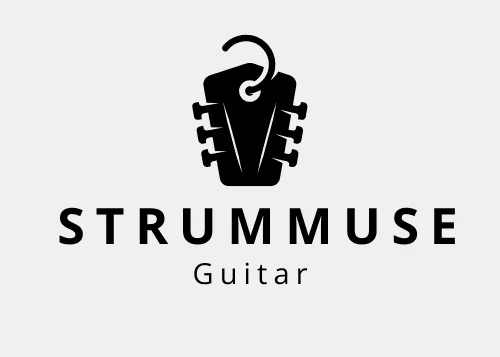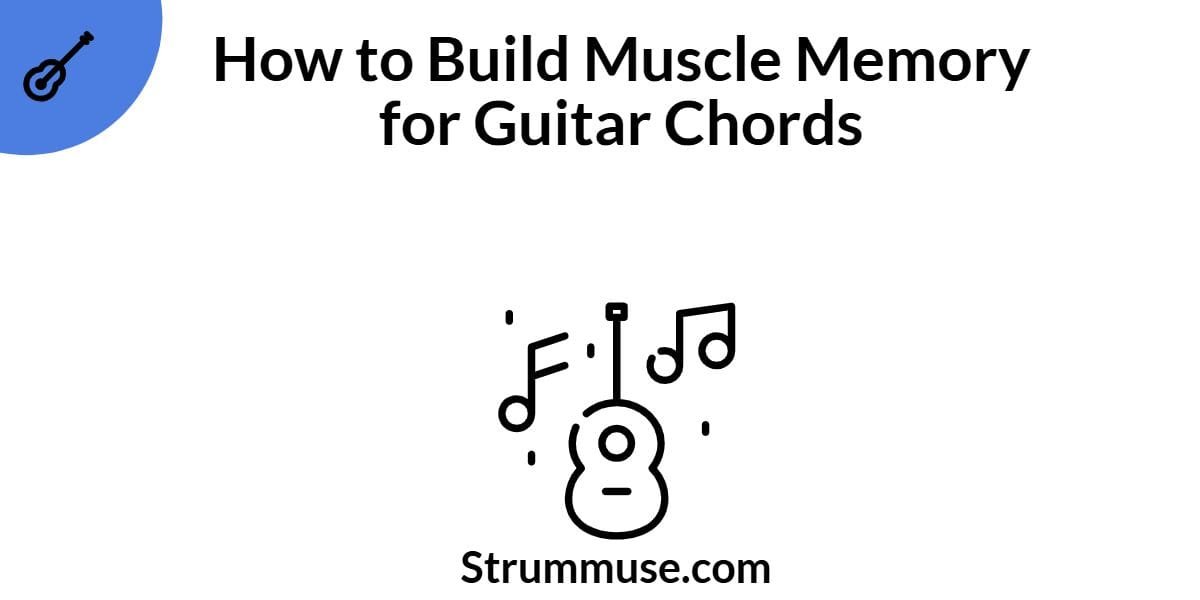Learning guitar chords is all about consistency and technique. One of the most powerful ways to improve your chord transitions and playing speed is by developing muscle memory. But how exactly do you train your fingers to move automatically and accurately? In this guide, we’ll break down everything you need to know to build muscle memory for guitar chords effectively.
What Is Muscle Memory in Guitar Playing?
Muscle memory is the process by which your fingers “remember” the shape and positioning of chords through repetition. With enough practice, your hands begin to move instinctively without consciously thinking about each finger placement.
This subconscious movement leads to faster transitions, cleaner playing, and more confidence while performing.
Why Muscle Memory Matters
- Faster Chord Switching
- Improved Rhythm and Timing
- Greater Focus on Strumming and Singing
- Less Mental Fatigue
When you don’t have to think about each chord, you can focus more on musical expression.
Step-by-Step: How to Build Muscle Memory for Chords
1. Practice Chords Slowly First
Don’t rush. Slow and accurate finger placement helps your brain and muscles form strong, correct patterns.
2. Use Chord Switching Drills
Choose 2-3 chords (like G-C-D or Em-Am) and switch between them in loops. Do this for 5-10 minutes daily.
3. Keep Your Fingers Close to the Fretboard
Avoid lifting your fingers too far off the fretboard. Small, controlled movements increase precision.
4. Practice Without Looking
Once you’re comfortable, try switching chords without looking at your fingers. This build muscle memory for guitar chords
5. Use a Metronome
Practicing with a metronome helps you maintain steady timing and builds rhythm consistency alongside memory.
6. Repetition Is Key
Repeat the same movements daily. It takes time, but repetition locks in the patterns.
7. Practice in Short, Focused Sessions
Multiple 10-15 minute focused practice sessions are more effective than one long unfocused session.
Bonus Tips to Speed Up Muscle Memory
- Visualize chord shapes in your head
- Say chord names out loud while switching
- Record your progress to stay motivated
- Play along with simple songs
Frequently Asked Questions
1. How long does it take to build muscle memory for chords?
It depends on your consistency. Practicing daily for 15-30 minutes can yield solid results in 2-4 weeks.
2. Should I use a capo while building muscle memory?
Yes, if it helps simplify the chords. The goal is clean transitions, not difficulty.
3. What are the best chords to start with?
Start with open chords like G, C, D, Em, Am, and A. These are used in most beginner songs.
4. Why are my fingers not remembering chord shapes?
Lack of repetition or improper technique. Slow down, double-check finger placements, and be patient.
Related Guides:
- Top 10 Easy Songs to Learn on Guitar
- Things That Don’t Matter When You’re Learning Guitar- Guitar Tips
- 50 Easy Bollywood songs to play on guitar
External Links
Final Thoughts
Building muscle memory for guitar chords is a game-changer for beginners. Be patient, stay consistent, and enjoy the process. Over time, your fingers will find the shapes without you even thinking – and that’s when the magic happens!

